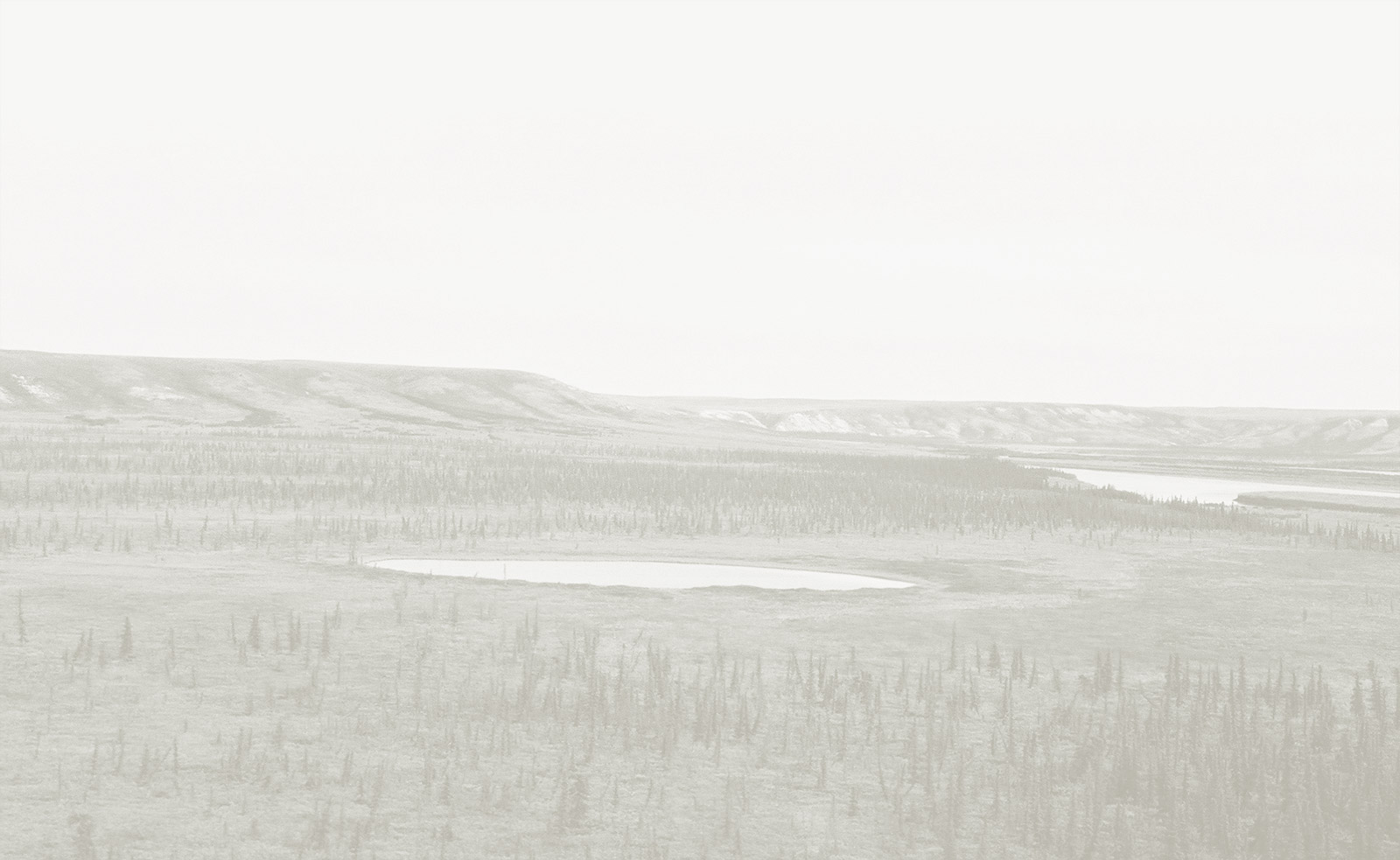


Miluqsaun
Throwing boards were used to propel harpoons and darts when hunting from a kayak. The shaft of a hunting implement was placed in a groove in the upper surface of the throwing board, resting against a lip of the groove or a knob at one end, and held by the hand at the other end. The hunter propelled the harpoon or dart in an overhand motion. The throwing board acted as an extension of the arm, and gave added power and accuracy to the throw.
In 1879 Father Émile Petitot wrote: "The (…) end of the (harpoon)shaft has a triangular shape so as to fit into the triangular groove hollowed in half the length of a flat stick. At the other end of this flat stick (…) a hole has been pierced through which the user introduces the index-finger of his right hand, while his three other fingers hold the (harpoon) on the flat stick in a slanting position. The hunter hurls the javelin so as to make it describe a parabola and fall on his intended quarry. However, he retains in his right hand the small flat stick he used in throwing it. One of these weapons is carried at all times at the front of Eskimo canoes." (Translated in Savoie, 1971:153). The illustration that accompanies Petitot's description is incorrect in how it shows the throwing board in use.